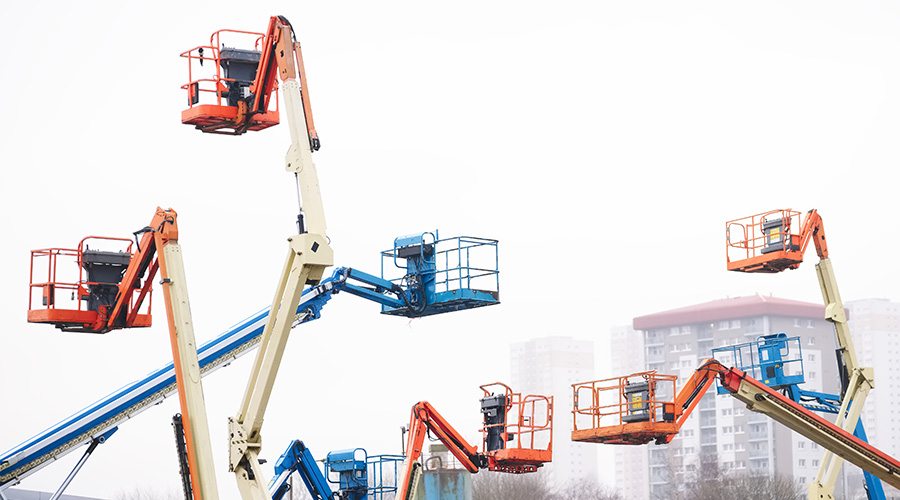Regulations Offer Aerial Lift Operators Electrical Equipment Precautions
Regulations for working around electrical equipment offer managers and operators of lift equipment important precautions. The relevant rules are contained in OSHA 1910.269.
For example, when operating near energized lines or equipment, aerial lifts must maintain the minimum approach distance unless an employee qualified under OSHA 1910.269 operates the insulated portion of the aerial lift. If necessary, another worker must be a spotter for the operator to ensure the minimum approach distance is maintained.
Also, if the aerial lift could contact energized lines, then a worker must do at least one of the following: cover the energized lines that are exposed to contact with insulating protective material that will withstand the type of contact that might occur during the operation; or insulate the aerial lift and ensure uninsulated portions of the lift maintain the minimum approach distance from live parts. The operator also must position the aerial lift so its uninsulated portions cannot come within the minimum approach distance from the live parts.
Operators should note that insulated booms require electrical testing at voltages and intervals specified in ANSI A92.2. An untested boom or one that fails a test is considered non-insulating. Or managers must ensure workers are protected by implementing all of the following steps:
- Ground each piece of equipment, including trucks and trailers.
- Bond together all pieces of equipment.
- Use ground mats around equipment to extend the equipotential zone.
- Use insulating protective equipment or barricades around the equipotential zone.
Related Topics:















